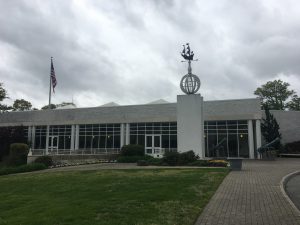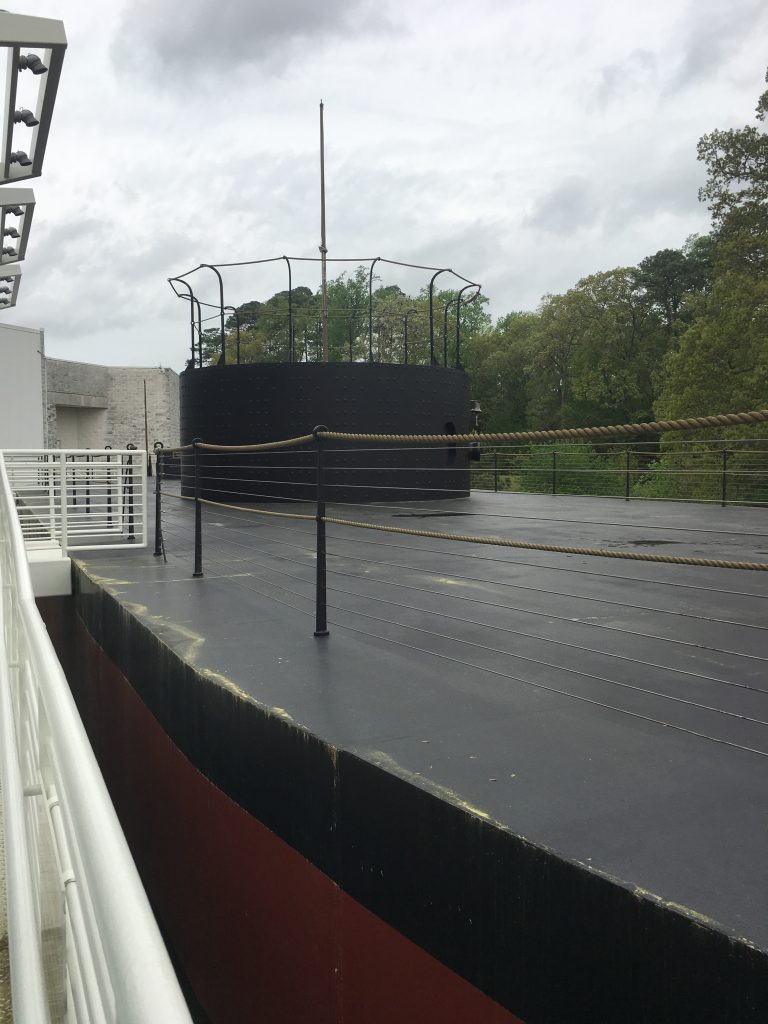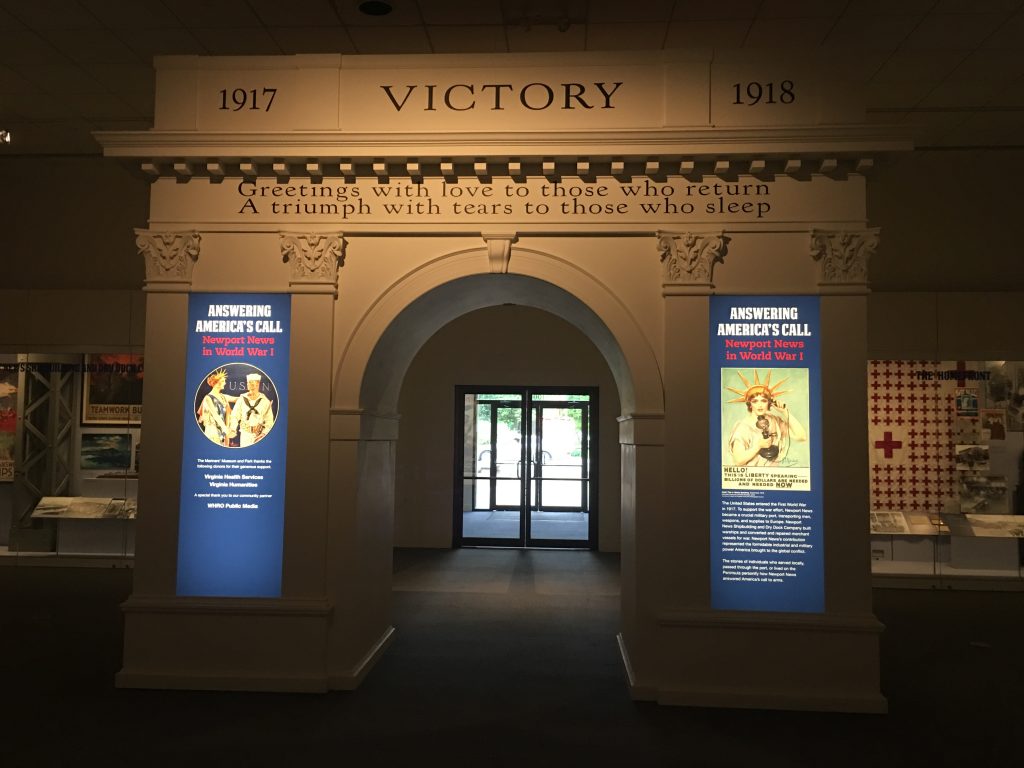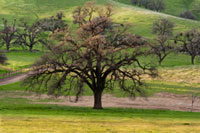Family History Outing: The Mariner’s Museum, Newport News, VA

In the history of the U.S. Navy, at the heart of its modern heritage is the U.S.S. Monitor. The “Duel of the Ironclads” was fought in Hampton Roads on 8 March 1862. The C.S.S. Virginia, built from the burned remains of the U.S.S. Merrimac, faced the U.S.S. Monitor. The result was a draw.
The U.S.S. Monitor Center at the Mariner’s Museum holds stories of the battle, the sinking of the Monitor, locating the Monitor in modern times, its exploration and preservation. These stories are all presented in engaging detail.
On New Year’s Eve of 1862, the U.S.S. Monitor sunk at an unknown location as a result of the forces of nature. It was located until 1973 off the Outer Banks, NC. In 1977, a dive brought up the red light that was the last thing seen by the U.S.S. Rhode Island who had rescued most of the crew of the Iron Clad.
Between 1998 and 2002 there were dives to explore the U.S.S. Monitor, culminating in raising of artifacts including the rotating turret.
The Museum has a recreation of the turret as it was found, upside down. There is also a replica of the turret showing how its Dahlgren guns were positioned. You can even touch a (treated) part of the iron plating of Monitor, and see some of the other artifacts that were raised and have been conserved.

The full-size replica of the U.S.S. Monitor allows you to walk on its deck and view its outside.
You can learn how the C.S.S. Virginia was built from the Merrimac and walk through a recreation of the upper deck. The Museum includes history of the building of the Monitor, including a model of the cross section of its armor belt that encircled it.
The Museum also tells the story of the men who were part of both Iron Clads. One surprising reminder for this former professor of the U.S. Naval Academy was that the first Captain of the C.S.S. Virginia had been the first Superintendent.
My tour was made much more enjoyable with an Iron Clad enthusiast whose studies of this topic began in 1st grade when he read Patrick O’Brien’s excellent book, “Duel of the Iron Clads”.
There are exhibits with artifacts from historical ships, ship models, the America’s Cup and a small craft center.
The biggest surprise was the terrific WWI exhibit. “Answering America’s Call: Newport News in WWI” fills one gallery of the Museum. I learned that four camps supported the port at Newport News: Camp Stuart, Camp Morrison, Camp Alexander and Camp Hill. I learned more about what life was like for the Doughboys as they prepared to go overseas. Although my Grandfather departed from Hoboken, NJ, the process of boarding would have been the same.

As I scanned the display cabinets filled with pictures, uniforms, letters and ephemera, I kept an eye out for anything about my special area of interest, the Pioneer Infantry Regiments. Imagine my surprise and delight to find the Pioneer Infantry Regiments represented in this maritime museum! SGT Weldon Shaw was from Newport News and served in the 63rd Pioneer Infantry Regiment at Camp Dix, NJ.
As I scanned the display cabinets filled with pictures, uniforms, letters and ephemera, I kept an eye out for anything about my special area of interest, the Pioneer Infantry Regiments. Imagine my surprise and delight to find the Pioneer Infantry Regiments represented in this maritime museum! SGT Weldon Shaw was from Newport News and served in the 63rd Pioneer Infantry Regiment at Camp Dix, NJ.


We also recommend the Mariner’s Park Café. The hot sandwiches are made to order, reasonably priced and served promptly in the Ward Room setting.
With a $1 admission fee, this Museum is a bargain. You can optionally purchase a ticket for a 3D movie.
Learn more about the Mariner’s Museum.
The conservation webcams can be found here.
You can read about their WWI artifacts in their blog
You can learn more about Newport News in World War I here.



